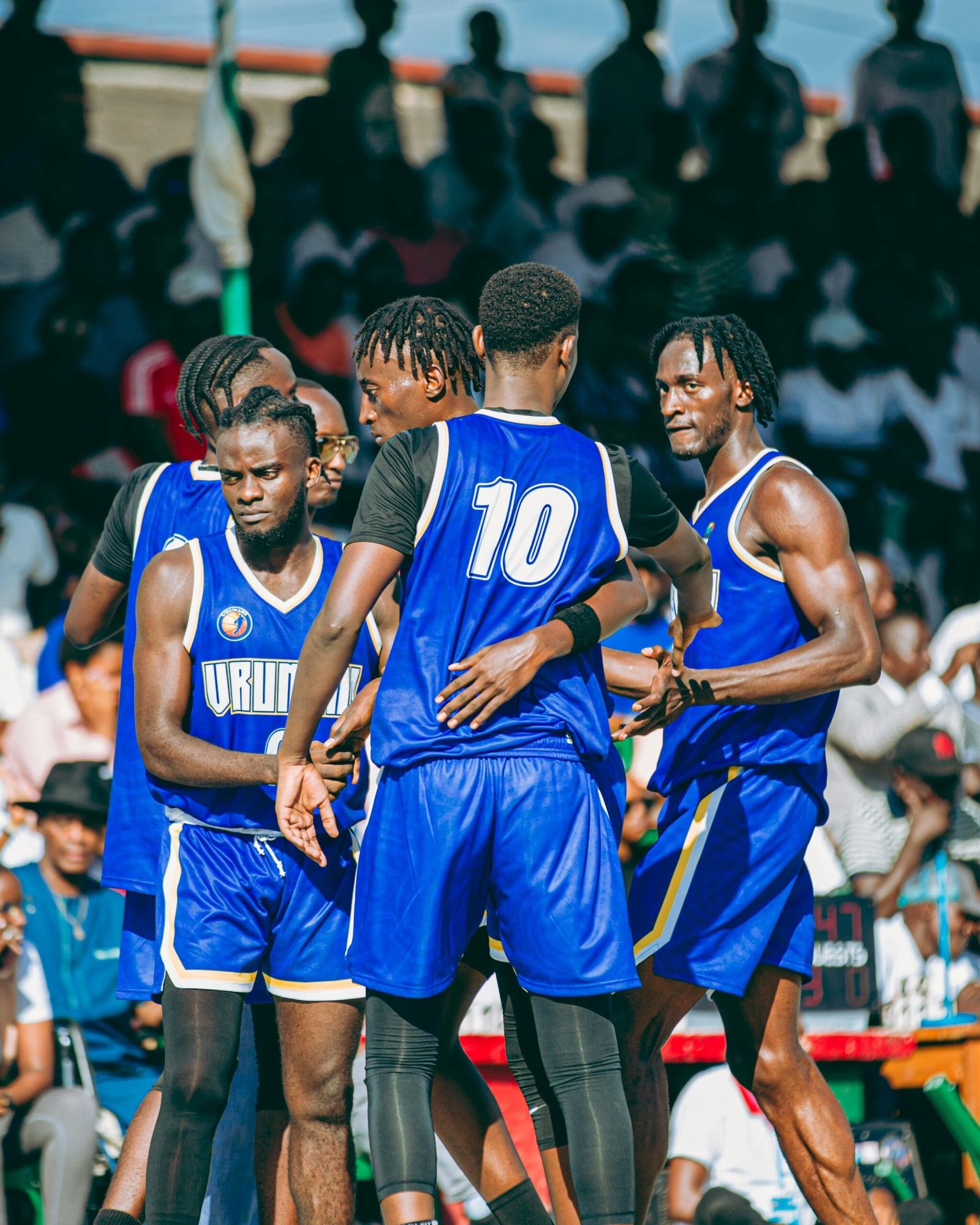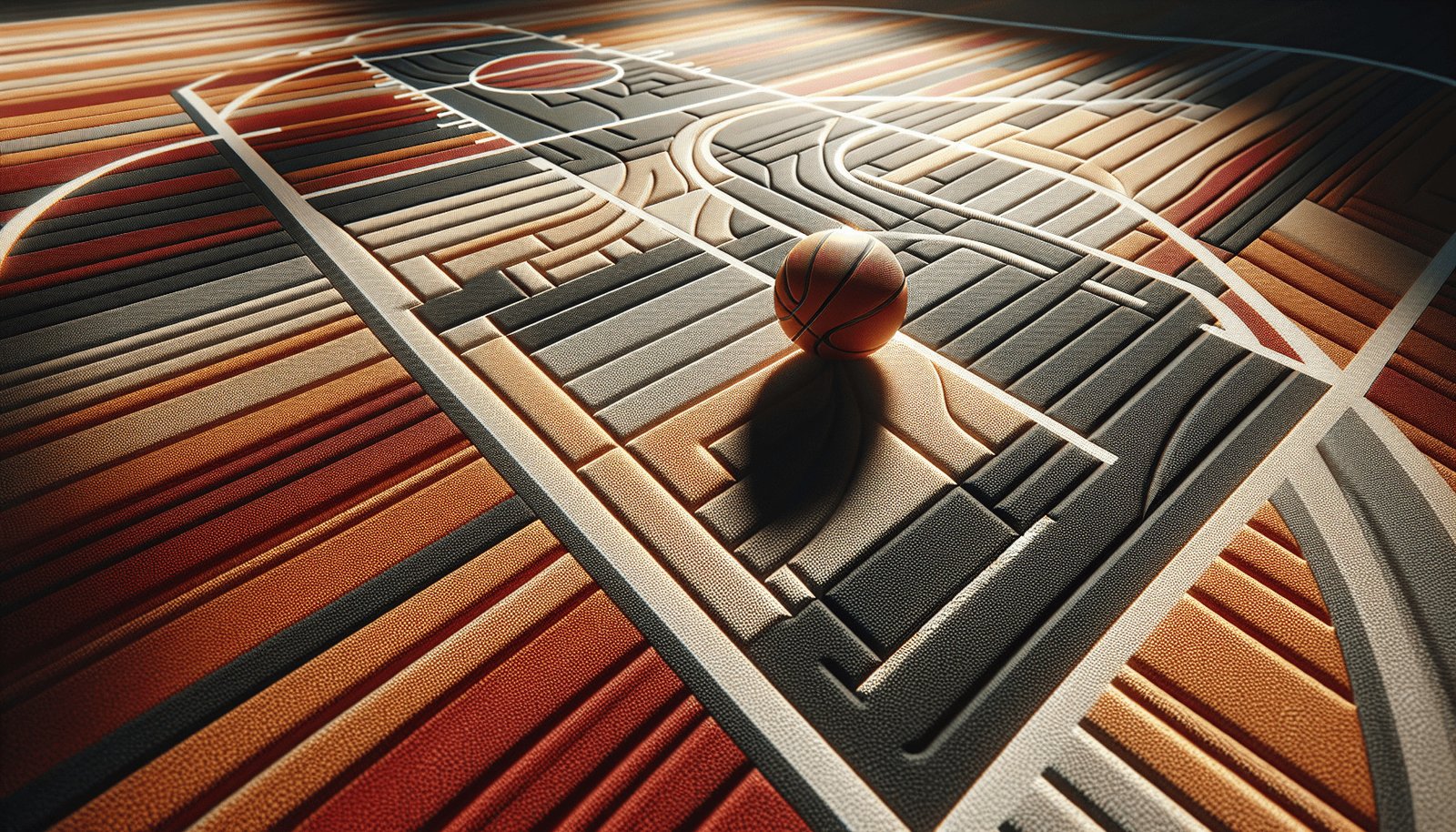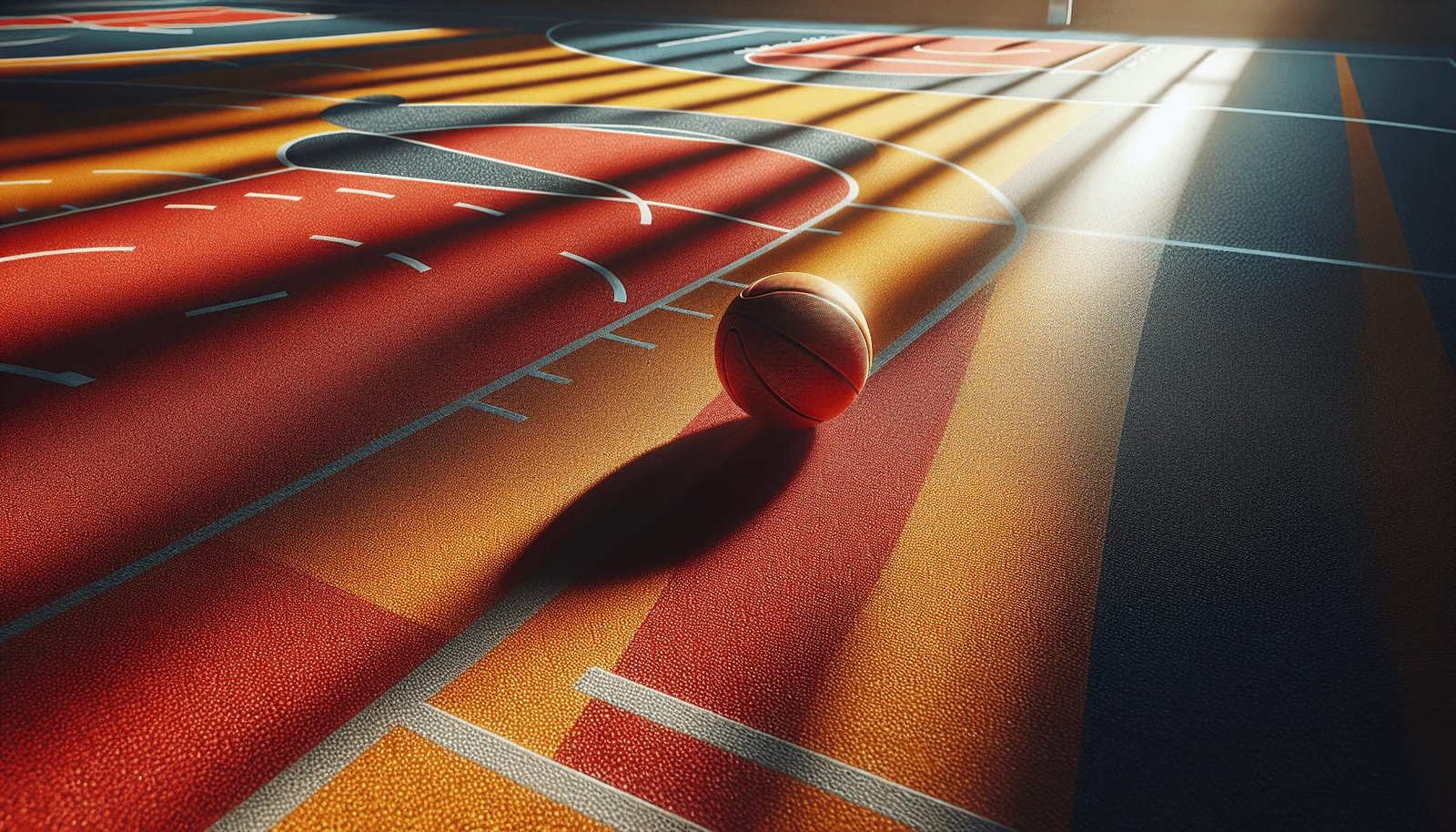Have you ever watched a basketball game and noticed the players sliding across the court, even in the middle of a crucial play? It can be pretty frustrating, right? Not only can it affect the flow of the game, but it’s also a safety concern for the players. This brings us to an important aspect of basketball court design: non-slip surfaces. So, what exactly are the advantages of a non-slip basketball surface? Let’s discuss this topic in a friendly and comprehensive manner.

Understanding Non-slip Basketball Surfaces
Non-slip basketball surfaces are specifically designed to increase traction and reduce the risk of slipping and falling. These surfaces are constructed using advanced materials and coatings that allow for better grip under a variety of conditions, whether the court is indoor or outdoor, dry or slightly damp. Additionally, they are crafted to withstand the wear and tear of regular use while ensuring player safety and optimal performance.
The benefits of such surfaces extend beyond just safety, affecting the overall experience of the game. Let’s break down these advantages to help you understand why non-slip basketball surfaces are a valuable investment.
Enhanced Player Traction
The primary benefit of non-slip surfaces is the improved traction they provide for players. You’ve probably experienced how difficult it is to gain momentum or halt quickly when a surface is slippery. Non-slip courts support quick starts, abrupt stops, and swift directional changes, fundamental actions in basketball. This allows for better control and instinctive movements, minimizing hesitation due to fear of slipping.
Increased Safety
Safety is always a top priority, particularly in sports where fast-paced action and physical contact are part of the game. Slips and falls can lead to minor injuries like bruises and sprains or more severe ones such as fractures or concussions. By reducing the risk of slip-related incidents, non-slip surfaces help ensure that players can focus on their game without the constant worry about personal safety.
Consistent Performance Conditions
Weather can be unpredictable, especially for outdoor courts. Rain, humidity, or condensation can create slick surfaces. A non-slip basketball surface remains dependable in varying conditions, ensuring consistent performance for the players. Whether it’s a humid day or a drizzle has just passed, you can expect the game to proceed without the court itself becoming an obstacle.
Durability and Cost-effectiveness
Initially, installing a non-slip court may seem expensive, yet it can be more economical in the long run. These courts are designed to be durable, resisting wear from frequent use and harsh weather conditions, thereby reducing maintenance costs over time. This longevity makes the non-slip surfaces a wise investment, particularly for schools, sports complexes, and community parks where courts see regular activity.
Improved Game Quality
Better traction means better game performance. When players aren’t worried about slipping, they can focus on honing their skills and strategies. This results in higher-quality games where players give their best without limitations imposed by the playing surface. For tournament-worthy performances, professional or amateur, a reliable court can make all the difference.
Materials Used in Non-slip Basketball Surfaces
The secret behind the effectiveness of non-slip basketball surfaces lies in the materials used. Let’s explore what these materials are and how they contribute to maintaining a safe and efficient playing area.
Polyurethane
Polyurethane is popular in sports flooring due to its versatile and durable properties. The surface is often layered with a special non-slip finishing that provides excellent grip and absorbs shock. This kind of flooring is resistant to scratches and abrasions, making it suitable for both indoor and outdoor courts.
Rubber
Rubber offers a natural pliability and grip, making it a favored choice for outdoor basketball courts. It efficiently handles temperature fluctuations and remains relatively unaffected by water, providing a consistent non-slip surface in various weather conditions.
Vinyl
While more common indoors, vinyl can also be treated to enhance its non-slip properties. With its smooth yet textured feel, vinyl provides a balanced combination of grip and smoothness, ensuring that players get the best of both worlds.
Acrylic
Acrylic coatings are commonly used on asphalt and concrete courts. This material provides an excellent balance of hardness and flexibility, offering a non-slip texture ideal for outdoor use. Acrylic coatings also come in various colors, allowing for customization to suit aesthetic preferences while ensuring a non-slip surface.

Maintenance of Non-slip Basketball Surfaces
For these surfaces to remain effective, consistent maintenance is essential. Proper upkeep not only extends the life of the court but also preserves the non-slip properties, ensuring safety and performance continue to meet high standards.
Cleaning Routine
Regular cleaning is crucial. Debris, dust, and dirt can accumulate, reducing traction. Sweeping the court daily and using a suitable cleaning solution will help maintain the grip of non-slip surfaces. Avoid using harsh chemicals that might degrade the material over time.
Monitoring Wear and Tear
Despite their durability, even the best non-slip surfaces will experience wear with prolonged use. Periodically inspect the court for signs of wear such as surface smoothness or peeling. Addressing these issues early on prevents larger repairs down the road and ensures consistent safety.
Weather Protection
Particularly for outdoor courts, weather elements can impact the non-slip properties. Consider using covers during prolonged storms or heavy snowfalls. Drainage systems should be checked to prevent water pooling, which can erode the surface’s non-slip characteristics.

Choosing the Right Non-slip Surface for Your Court
When selecting a non-slip surface for a basketball court, several factors should influence your decision. While player safety is a non-negotiable, the aesthetic and functional elements also matter. Here’s what you need to consider:
Indoor vs. Outdoor
Indoor courts generally have controlled conditions, making them less susceptible to weather-induced surface issues. Vinyl and polyurethane are suitable materials for indoor use. Outdoor courts, however, must endure varying weather conditions, so opting for weather-resistant materials such as acrylic or rubber is advisable.
Budget Considerations
While ensuring safety is paramount, working within budget constraints is often necessary. Consider the long-term benefits and maintenance costs when evaluating your options. Initially costly materials might be more economical long-term due to lower upkeep requirements.
Usage Frequency
The more frequently a court is used, the more durable the surface should be. Schools or sports complexes with daily basketball activities may need more robust non-slip solutions compared to a private, less-used court.
Aesthetic Preferences
Finally, a court should look as good as it functions. Color schemes, markings, and overall design can enhance the playing environment, contributing to a more engaging and visually appealing experience.

Conclusion
You now know the numerous advantages of a non-slip basketball surface and how it can significantly impact the safety, performance, and enjoyment of the game. Whether for a public park, a school gym, or a sports facility, investing in a quality non-slip court ensures that players can perform at their best without compromising safety. As you thoughtfully consider the type of non-slip surface to choose, remember to balance practicality with aesthetics to create a thoroughly effective and pleasing basketball environment. Here’s to many games played safely and confidently on courts designed with everyone’s best interests in mind!

